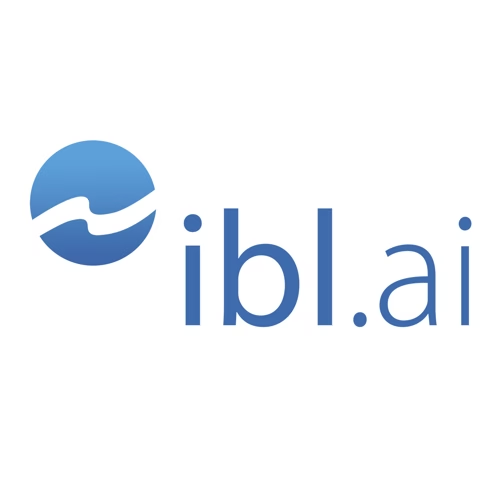
Summary of https://www.bondcap.com/report/pdf/Trends_Artificial_Intelligence.pdf
Extensively examines the rapid evolution of Artificial Intelligence, highlighting its unprecedented growth in user adoption, usage, and capital expenditure.
It details the competitive landscape, noting the rise of open-source models and the significant presence of China alongside the USA in AI development.
The text also explores AI's increasing integration into the physical world, its impact on workforces, and the ongoing investment in infrastructure like data centers and chips necessary to support this technological advancement.
- The pace of change catalyzed by AI is unprecedented, ramping materially faster than the Internet's early growth. This is demonstrated by record-breaking user and usage growth for AI products like ChatGPT, which reached 800 million weekly active users in just 17 months, and significantly faster user adoption compared to previous technologies. Capital expenditure (CapEx) by major technology companies is also growing rapidly, increasingly directed towards building AI infrastructure like data centers and specialized hardware.
- A key economic dynamic in AI is the tension between high and rising model training costs and rapidly falling inference costs per token. While training a frontier AI model can cost hundreds of millions or potentially billions of dollars, the cost to run these models (inference) has plummeted, with energy required per token falling drastically due to hardware and algorithmic advancements. This cost reduction is increasing accessibility and driving rising developer usage and new product creation, but also raises questions about the monetization and profitability of general-purpose LLMs.
- The AI landscape is marked by rising competition among tech incumbents, emerging attackers, and global powers. Key threats to monetization include this intense competition, the growing capabilities and accessibility of open-source models which are closing the performance gap with closed models, and the rapid advancement and relevance of China's AI capabilities, which are catching up to USA models, increasingly powered by local semiconductors, and dominating domestic usage.
- AI adoption and evolution are happening across diverse sectors and applications at a rapid pace. Beyond digital applications, AI is increasingly integrating into the physical world, enabling autonomous systems in areas like transportation, defense, agriculture, and robotics. It is also fundamentally transforming work, driving productivity improvements for employees and leading to significant growth in AI-related job postings and the adoption of AI tools by firms.
- AI is poised to fundamentally reshape the internet experience for the next wave of global users, who may come online through AI-native interfaces (like conversational agents) powered by expanding satellite connectivity, potentially bypassing traditional app ecosystems. This technological shift is intertwined with increasing geopolitical competition, particularly between the United States and China, where leadership in AI is viewed as a critical component of national resilience and geopolitical influence, creating an AI "space race" with significant international implications.
Senaste avsnitt
00:00
-00:00